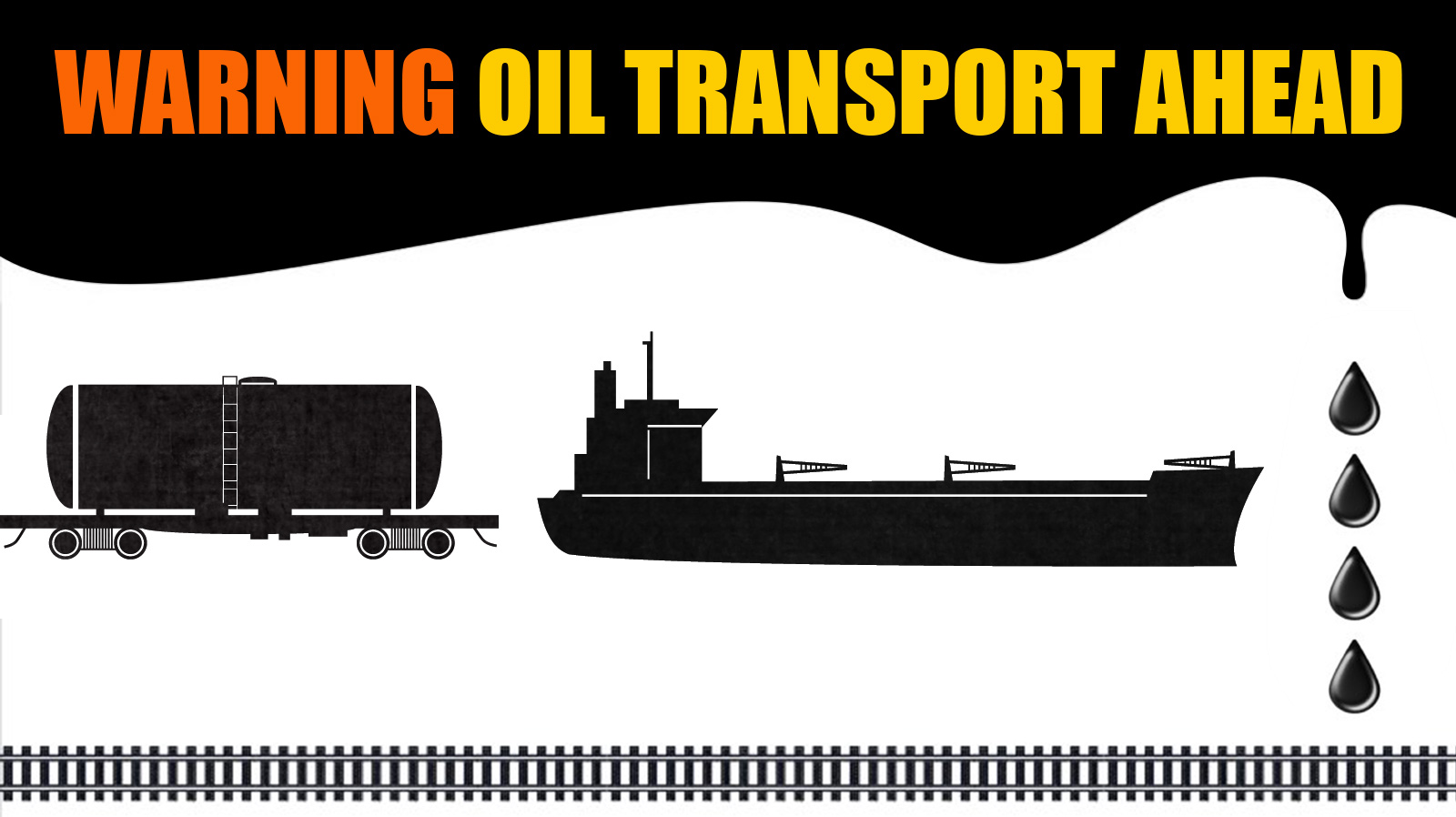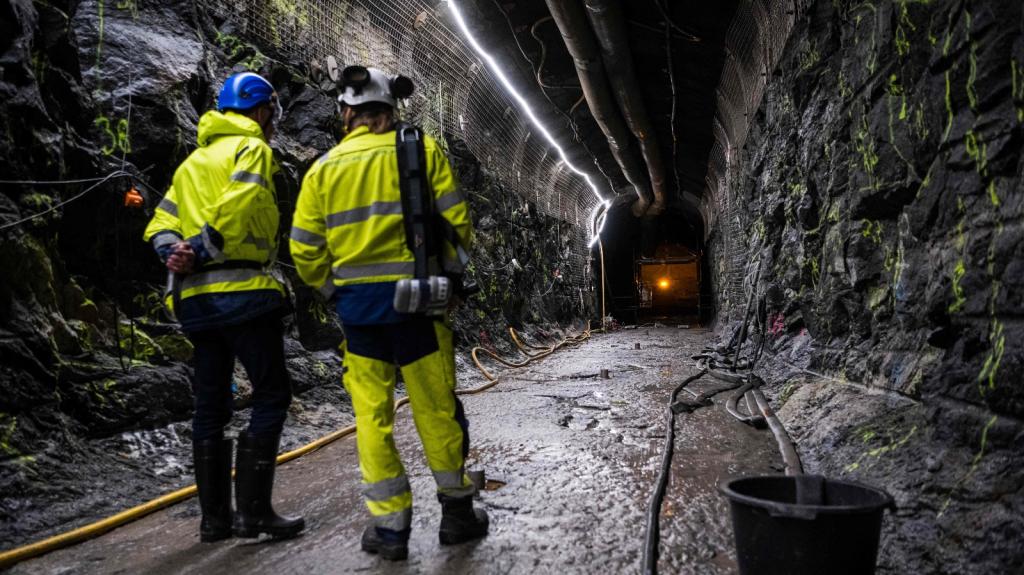Oil, oil everywhere! It’s coming … by sea, by rail, and by pipeline. Over the past five years, domestic oil production has jumped by 50 percent. The boom adds up to a mess of oil — and oil data. Click on this interactive infographic to see how much of the black stuff has been flowing domestically, and why the Northwest may be in for a crude awakening:
[protected-iframe id=”b1305d999966d6d4c7dae8d6a3dd6dc6-5104299-15574887″ info=”https://s3.amazonaws.com/assets.grist.org/article/Oil_Transport/Oil_Transport.html” width=”470px” height=”600px” style=”border:0px” scrolling=”no”]
Data and icons from the ForestEthics report “Off The Rails: The Fossil Fuel Takeover of the Pacific Northwest.”
The oil and gas boom in places like Texas and North Dakota caused the crude-by-rail industry to erupt almost overnight: In 2008, there were only 9,500 railcars of oil transported in the U.S., but last year there were an estimated 400,000 — an increase of 4,117 percent in just six years, according to a new report by ForestEthics.
The nascent oil-by-rail industry is a hot mess: Different companies own the oil, railway tracks, and railcars, and so far regulations haven’t kept pace with the growth. Additionally, oil companies are trying to veil the railcar movements in secrecy — but with mixed results. Citizen watchdog projects like Sightline’s “Oil Trainspotting in the Northwest” ask Pacific Northwest residents to track oil trains rolling through their communities with video cameras and smartphones.
While the Obama administration has delayed its decision on TransCanada’s proposed Keystone XL pipeline, the Enbridge Northern Gateway pipeline project has been given preliminary approval by the Canadian government — even though nearly everyone hates the idea. The Northern Gateway pipeline would carry 525,000 barrels per day of tar-sands oil from Alberta to the west coast of British Columbia. But it’s going to take some time for Enbridge to deal with the legal challenges and protests from some First Nations tribes and environmental activists who oppose the project, and the company might not succeed.
Meanwhile, Kinder Morgan wants to expand its Trans Mountain pipeline system, nearly tripling its capacity so it can carry up to 600,000 more barrels of tar-sands oil a day from Alberta to B.C. But again, it won’t be easy, what with even the mayor of a Vancouver suburb willing to stand in front of a bulldozer to stop the expansion. If both pipeline projects go through, they would carry more than 1 million barrels of oil per day, more than Keystone XL.
More pipelines and oil railcars will potentially lead to more oil tankers. In the Pacific Northwest, where oil refineries are seeking to increase their exports, tanker traffic could increase from 28,000 barrels per day to 535,000 barrels per day in Oregon and Washington, and up to a staggering 1.2 million barrels through British Columbian waters. With all the shipping traffic increases, the risk of a significant oil spill in the Puget Sound also increases by about two-thirds.
Speaking of spills, here is perhaps the most disturbing statistic of all: There was more oil spilled from freight trains last year than in the previous four decades combined. And so far 2014 is off to a murky start: There have been train derailments, pipeline bursts, and spills galore. The latest happened last weekend when a storage tank broke and leaked 7,500 gallons of oil into Colorado’s only designated National Wild and Scenic River.
Here’s to hoping we’ll make a clean-energy boom infographic in the not-so-distant future.




